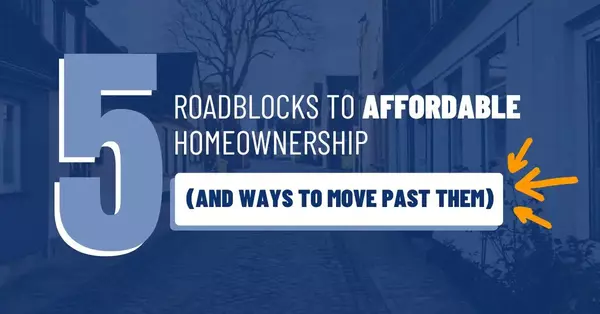
5 Roadblocks to Affordable Homeownership (And Ways to Move Past Them)
Dreaming of a new home but feeling priced out? You’re not alone! According to a recent survey by Bankrate, 78% of aspiring homebuyers cite affordability issues as their primary deterrent.1 According to data from the U.S. Census Bureau, home prices have risen around 32% since the pandemic, and eleva

Home-Related Tax Deductions
Tax season. Just the words can send shivers down your spine. But if you're a homeowner, there's a silver lining: potential savings! You’ve probably heard that you can deduct the interest you pay on your mortgage — but did you know there are many other ways homeowners can reduce their tax burden? B

4 Home Improvement Projects with the Highest ROI
Ask any homeowner about what they would like to change about their home, and most will say, “How much time do you have? Home improvements (cue Tim Allen) or home remodeling projects can stem from a variety of motivations, like preparing your home to put on the market, adding space for a growing fam
Categories
Recent Posts











